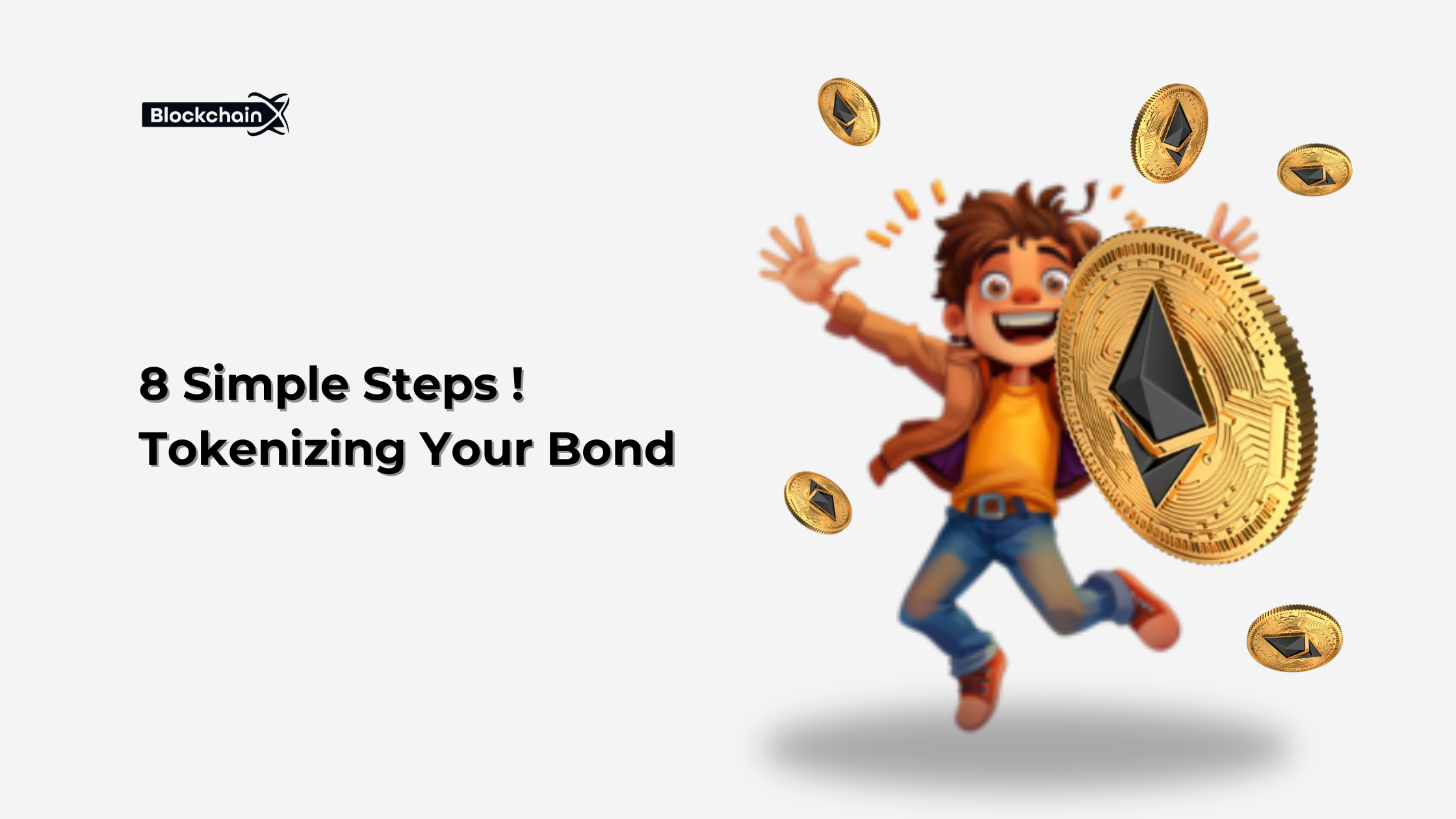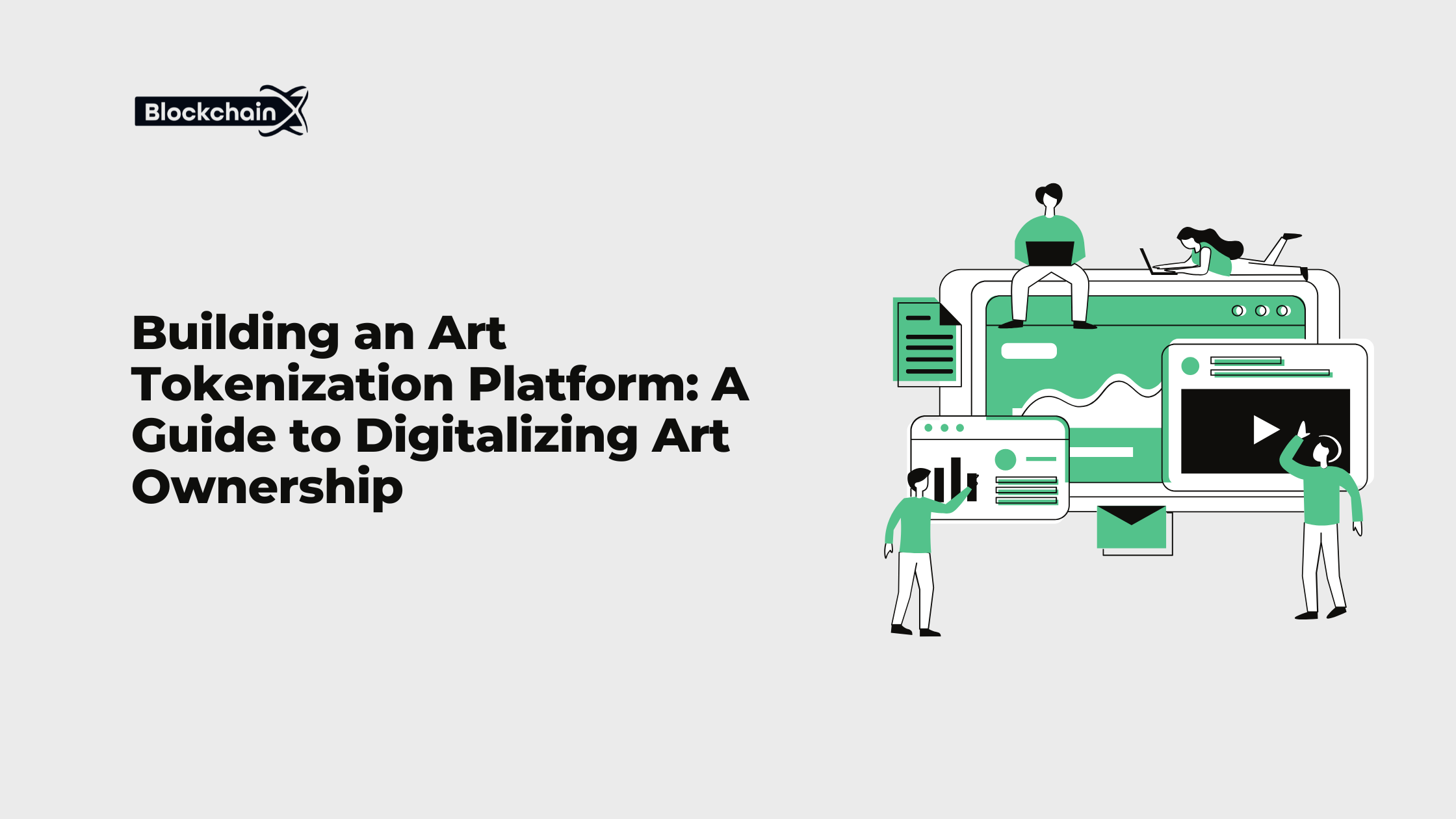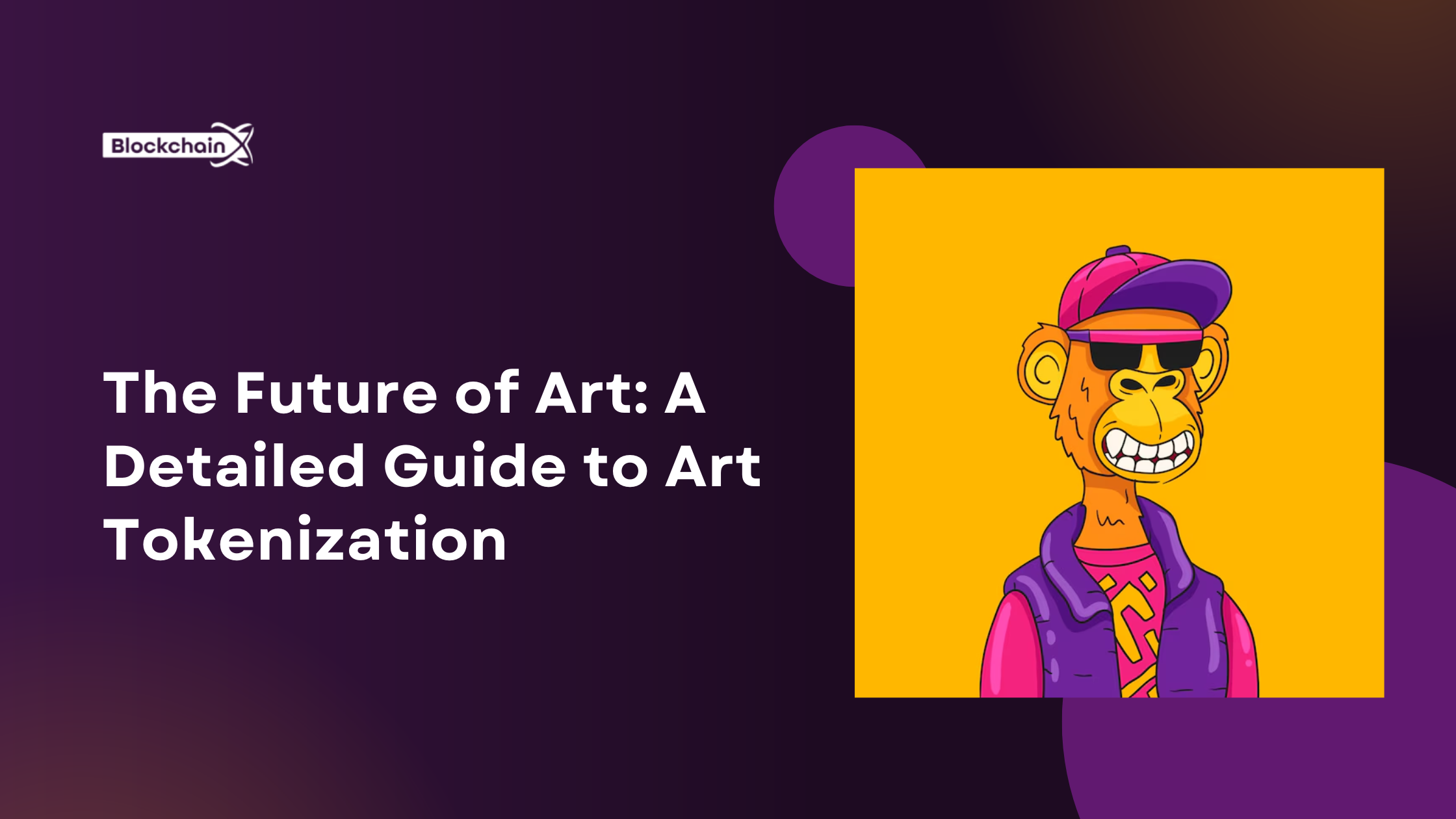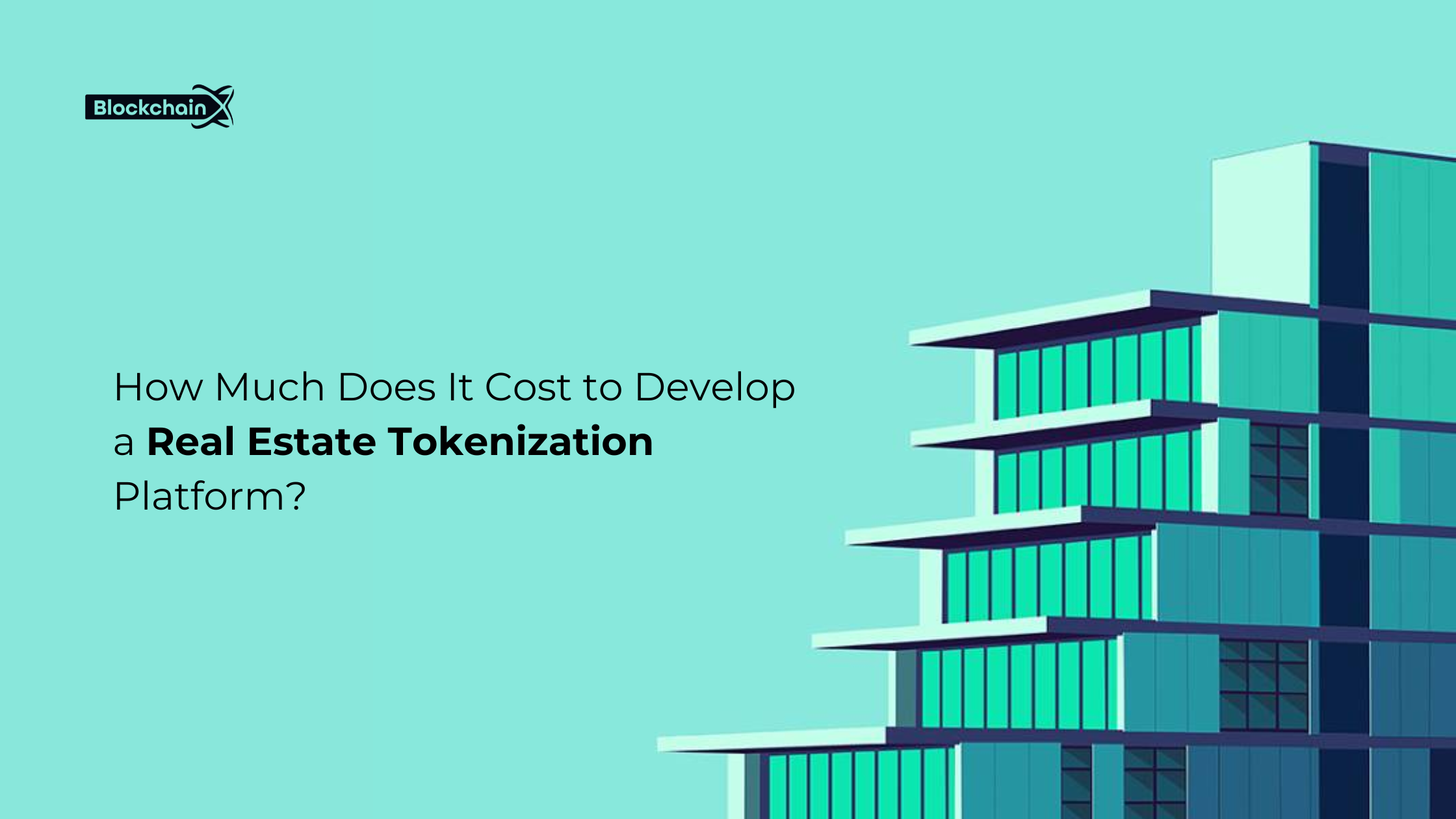Tokenization of Real-World Assets (RWA): The Game-Changing Future of Investment
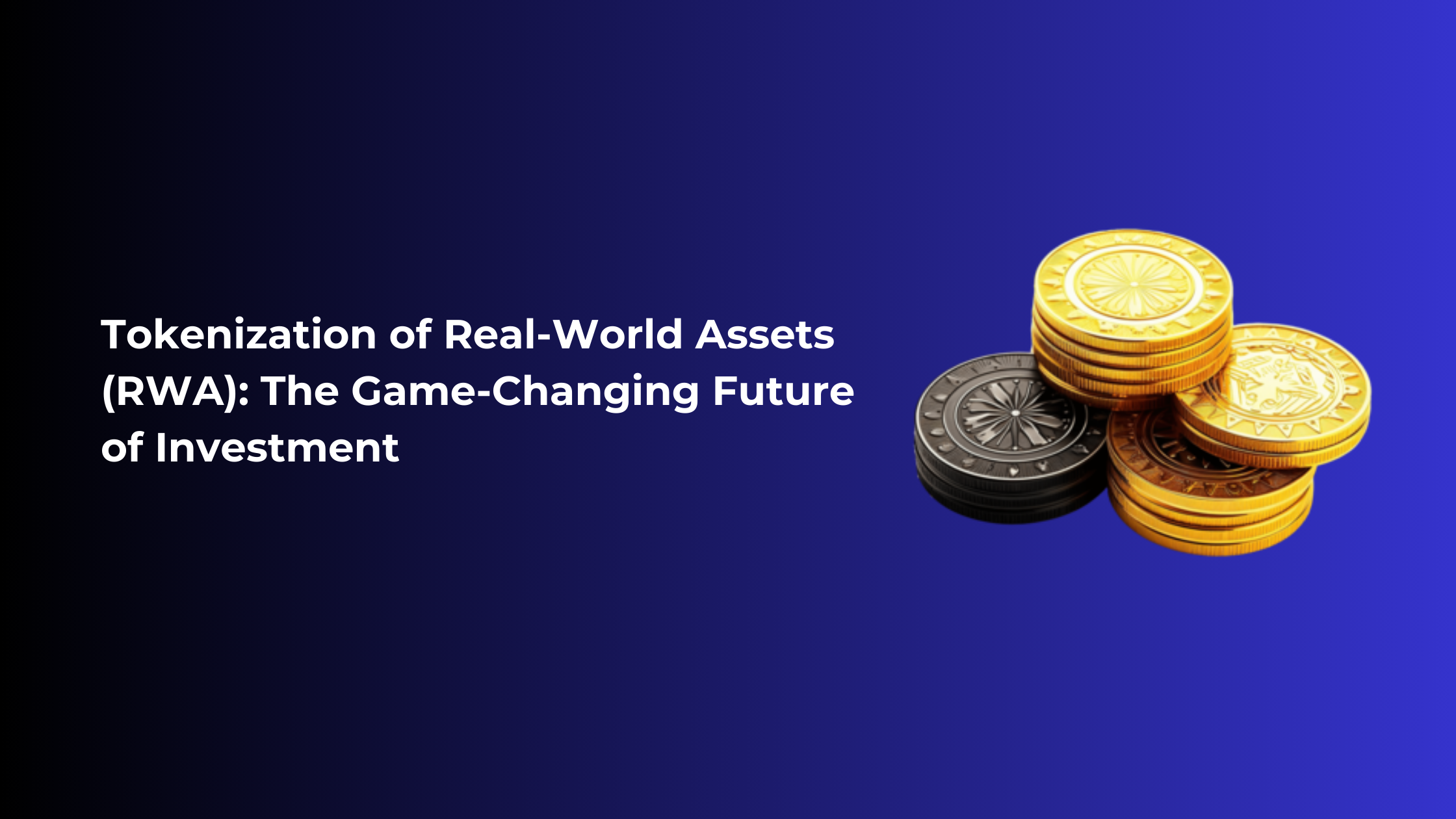
Tokenization of Real-World Assets
The Tokenization of Real-World Assets (RWA) is likely one of the most effective use of blockchain technology. Tokenization, which allows physical objects such as real estate, physical commodity, piece of art or even intellectual property to be digitized into tokens on a blockchain, facilitates liquidity and access like never before. Each token corresponds to a percentage of ownership of the asset thereby enabling fractional ownership and the trading of such assets which otherwise would require a huge capital investment and complex management.
Tokenization is grounded on smart contracts – self-executing contracts when certain defined conditions are met governing the issuance, ownership and transfer of the RWA tokens. The contracts interpose therefore ensure RWA tokens are not only pegged on the value of the underlying assets but that the rights of the token holders to ownership, dividends and so forth are honored with the use of those transparent distributed ledgers called blockchains.
How to Implement Tokenization
Many important stages lead to the successful and safe token issuance of RWA tokens, and tokenization is no exception.
Asset Selection and Valuation: The first step is identifying the appropriate asset which is to be tokenized. Depending on the liquidity potential, legal resonance, and investors’ appetite, the appropriate assets differ. In this case, a professional evaluation ensures the accuracy of the token price.
Legal Structuring and Compliance: In view of the fact that RWAs lean toward the conventional legal system, compliance is paramount. There are certain prohibitions that all tokenization ventures have to work within, complete with ownership, consumer and securities laws as applying in the particular locality. For example, with regard to real estate tokens, those issues in the United States would be in accordance with SEC requirements and regulation, thus likely rendering RWA token issues to be securities.
Smart Contract Development: Essentially the RWA tokens are smart contracts that involve coding in transactional protocols and ownership rights. This also allows for various other elements that can be set up as per the type of assets such as restrictions or inclusion of dividends and voting rights.
Custody Solutions: In the case of hybrid assets, which are digitized versions of physical assets, custodial ownership is required in the real-world aspect of the asset created. There must be a system to keep the asset safe which is often with the asset management division of a licensed third-party firm to guarantee the sustainment of the tokens issued by that asset. As with gold as a tokenized commodity, there exist physical gold vaults that are equipped with third-party audits for security and assurance of assets involved.
Issuance and Trading Platform: Most RWAs that are represented in tokenized form on the blockchain are normally issued in the Ethereum based platforms or any other platforms that allow the issuance to be global and liquid. The tokens may be traded in secondary markets in the form of decentralised exchanges (DEXs) or centralised exchanges (CEXs) availing such markets to the investors that had not been previously present in the conventional ones.
Examples of Real-World Assets That Can Be Tokenized
Thanks to the adaptability of tokenization, a great number of assets can be expressed in the form of digital tokens. Some of them are described below:
Real Estate: With security tokens real estate investors are given the opportunity to purchase fractional ownership in commercial and residential properties mitigating risks. In the case of services like RealT and BrickMark, tokenized real estate allows investors around the globe to acquire a stake in developed properties.
Commodities: Tokenizing commodities like gold or oil facilitates investment in these assets by making them more easily tradable. For example, Paxos and Tether Gold (XAUT) issue tokens pegged to the gold reserves held in fortified vaults making a non-liquid market liquid-scalable.
Art and Collectibles: Tokens can be used to create fractions of ownership in high-value art pieces or collectibles. For instance, Maecenas and MasterWorks are two companies that tokenize artwork, allowing art lovers to purchase fractional proportions of priceless works, like a Picasso or Monet when the ownership of how to do this would involve millions of dollars in the bank.
Intellectual Property (IP): Tokenization allows the encoding of objects such as patents and rights to music and film within a share. This enables them to raise funds by selling shares in their work in tokenized form. When the IP is monetized, so are its owners through royalties to which they received capital before. This constitutes an alternative source of income for the creators and investors.
Futures of Tokenization
In summation, tokenization is predicted to revolutionize finance by providing easier and clearer means of investing in or trading assets that have been historically hard to access or even liquidate within. Here are a few emerging trends and advancements:
Enhanced Cross-Chain Interoperability: In many ways, this is the critical turning point on whether tokenized assets go beyond the fringes of innovation. There need to be infrastructures that allow the transfer of value from one blockchain to another. As the name implies, solutions such as Polkadot, Cosmos, or Chainlink are building networks of networks, which provide assets can be moved from one blockchain to another, thus enabling a more functional connected economy of tokens.
Integration with Decentralized Finance (DeFi): These tokenized RWAs may prove to be extremely beneficial to the DeFi sphere, where investors would be able to stake, lend, or borrow against their RWA tokens, thus generating passive income. For instance, in the DeFi space, real estate holdings in the form of tokens can be used as collateral for loans, or tokenized pictures can be put up for yield bonds—these integrations will enrich the RWA token use case.
Global Reach and Round the Clock Market Operations: In contrast to the traditional markets which have a time-frame and a geographical area to operate within, markets using RWAs that are inscribed on a blockchain can be operated and traded all over the world at any time. This ensures that the investors of one part of the world would not be limited in access to investment and would be able to invest on assets located on the other side of the world, therefore eliminating and democratizing the notion of wealth.
Incorporation of Advanced Valuation Models of Assets using Blockchain Oracles. So as to avoid any form of double dealing on the pricing of any given asset, there are some blockchain oracles (a good example is Chainlink) that can fetch data through external networks in real time concerning the prices of any commodity. Such measures can assist in controlling the manipulation of prices in a transparent and effective way where an equitable price can be achieved without fake reservations across various decentralized exchanges.
Investor Benefits of Tokenization
The mass politics of tokenisation of real world assets brings certain benefits to investors, which are usually absent in conventional assets:
Fractional Ownership and Accessibility: The very reason existing owners can sell parts of such expensive possessions is name as fractional ownership. This form of inclusion allows those who lack large sums of money, to invest through owning otherwise expensive portfolios comprising of commercial real estate for instance or masterpieces of art.
Improved Liquidity: Such assets as real estate and art, among many other tangible assets, have always been fixed in traditional commerce. Yet, tokenisation allows for these assets to be exchanged on plasma based protocols, allowing liquidity for the investors. In effect, this also enables the investors to readily enter or exit their equity stakes.
Blockchain promotes transparency, owing to its ownership, transaction, and valuation registers that help in the detection of fraud. Likewise, the records of ownership and transfer of tokenized assets are permanently inscribed on a chain of blocks, thus assuring investors of the safety of their properties.
Cost Saving: Tokenized RWAs lessen the requirement of intermediaries (for instance, brokers and custodians), hence the transaction costs are reduced. Smart contracts simplify and automate many processes, for instance, payment of dividends, voting, transfer of ownership et cetera, thus reducing costs of administration.
New Ways of Investing over Geographic Boundaries: Investors can exploit and own different assets even in the remotest part of the world which enables them to have foreign assets in their portfolios. For example, a person living in Asia can invest in pieces of commercial real estate located in New York City or even equity placements in a gold bullion located in Switzerland to protect himself from expenses inherent to a particular region.
Maximize Asset Value with Tokenization – Connect with Our Experts - Real world asset tokenization services
RWA: The Next Game Changer
The tokenization of actual assets bears the prospects of transforming not only global finance but also the traditional ownership of assets. Tokenization provides for the digital imagery creation of tangible assets, thereby building a system where there are less restrictions if any on ownership and liquidity, and as such a more efficient and fair financial universe is emerging.
As far as institutional investors and retail investors are concerned, especially the latter, the tokenized RWAs allow for the opportunity to invest in such asset classes and geographical markets that have remained otherwise unavailable, hence causing portfolio expansion and aiding in lowering investment floor levels. Some of the biggest institutions like JPMorgan and Goldman Sachs are already testing the waters with tokenized bonds and securities further reinforcing the RWA ecosystem and accelerating its push towards the adoption of the tokenized economy.
With the increased regulatory clarity, advancement in cross-chain technologies, and the expansion of DeFi integrations, RWAs are likely to be the mainstay of a new digital economy. Such an economy is decentralized, borders free and more inclusive which coincides with the globalization of finances. In this economy, the concept of physical and digital assets will be intertwined thereby becoming more inclusive and open to all.
Conclusion:
We are living in a time where the tokenization of real-world assets is changing the way we invest, own and trade physical assets. Thanks to the convenient ability of dividing high-value assets into small tokens, wealth creation opportunities are accessible to all, enhancing global liquidity as well as increasing transparency. With the acceptance of RWAs and the coming up of regulation, tokenization is certain to be the core component of financial systems in the future - a revolution that will most likely render investing as simple, quick and convenient as the World Wide Web.
Investors, institutions and regulators face constraints in fundamental change since in this transition the need to ensure the superiority of particular markets becomes even more paramount. In particular, it is undoubtedly possible to benefit from the tokenized RWAs. There is no doubt that it is possible to take advantage of the tokenized RWAs.
Note: IndiBlogHub features both user-submitted and editorial content. We do not verify third-party contributions. Read our Disclaimer and Privacy Policyfor details.




